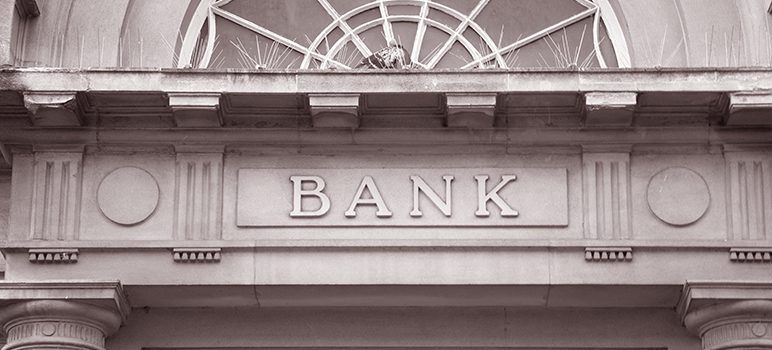To say that Five Days in March, Silicon Valley 2023 was historic remains an understatement.
The shockwaves and aftershocks of the failure of one bank – the biggest financial institution serving the center of the world’s entrepreneurial universe – are likely to linger for years, and, like their earthly counterparts, these tremors will change the way companies are built in the future.
In a kind of tipping point for the tech world, Silicon Valley Bank teetered, then collapsed in less than two days on Friday, threatening to take thousands of companies with tens of thousands of customers and employees and billions of dollars with it.
Government, at both the state and federal level, thankfully acted swiftly, and, after a day and a half of lobbying, anxiety, uncertainty and near panic, the U.S.Treasury took the unprecedented step Sunday night of guaranteeing that billions in deposits in a shuttered Silicon Valley Bank would be honored by the U.S. government, funded largely by mega-banks.
SVB shareholders and employees would be out of luck.
The bank was for perhaps three decades the preferred lender of anything tech, from chipmakers to online sellers, and startups of all shapes and sizes from California to New York to London. It was closed March 10 by the California Department of Financial Protection and Innovation, and the Federal Deposit Insurance Corporation (FDIC) was appointed receiver. The FDIC took control of the Santa Clara-based tech-focused lender following a run on deposits by investors worried about rising interest rates.
Silicon Valley this month began selling securities at an increasing pace to cover those lost deposits. When other investors panicked as they saw their bank selling assets at a loss and losing deposits, they also began to withdraw their money. That’s a formula for a bank collapse – in this case the biggest U.S. bank to fail since Washington Mutual in 2008.
The FDIC took over the bank, but as of March 10, it was unclear what would happen next, especially when it began to look like its efforts to auction off Silicon Valley Bank’s assets was finding no early takers.
The FDIC reported that as of Dec. 31, Silicon Valley Bank had approximately $209 billion in total assets and about $175.4 billion in total deposits. At the time of closing, the FDIC determined that the amount of deposits exceeded insurance limits. At first, only customers with accounts less than $250,000 or less were protected by the FDIC.
The bank closing came less than two hours after a decision by SV Financial Group, parent company of Silicon Valley Bank, to halt trading shortly after NASDAQ opened – after its stock had collapsed in 24 hours from $176.55 to $39.25 per share.
At first, Treasury Secretary Janet Yellin said she was “monitoring [the SVB failure] very carefully.” Her interest would accelerate as the weekend wore on, and the pressure to do something accelerated.
On Saturday, March 11, hundreds – eventually 599 – of Silicon Valley venture capitalists lobbied federal authorities to bail out the bank, which they said was indispensable to keeping the nation’s world-leading technology engine running, and also to the maintenance of their role as the fuel for that engine.
After hours of tense meetings, federal regulators announced on Sunday that another bank had been closed and that the government would ensure that all SVB depositors – not just those insured deposits – would be paid back in full as Washington rushed to keep fallout from the collapse of the large institution from sweeping through the financial system.
Yellen announced in a joint statement with the regulators that “depositors will have access to all of their money” starting March 13 and pledged there would be no cost to U.S.taxpayers.
The agencies also said that they would make whole the accounts of depositors at Signature Bank, which the government disclosed was shut down on Sunday by New York bank regulators. The collapse of Signature marked the third significant bank failure within a week. Silvergate, a San Diego-based bank that made loans to cryptocurrency companies, announced it would cease operations and liquidate its assets. Amid the wreckage, the FDIC also announced that it would set up an emergency lending program, with approval from the Treasury, to funnel funding to eligible banks and help ensure that they are able to “meet the needs” of all their depositors.
On Monday, March 13, two more banks with strong Silicon Valley connections, Bridge Bank of San Jose and First Republic Bank of San Francisco, saw their stock prices plummet, then rebound slightly.
Then the Department of Justice and Securities and Exchange Commission announced it was investigating actions by SVB senior executives just before the bank's collapse. The Federal Reserve board is conducting its own probe of the bank failures. Congressional hearings are on the horizon.
The anxiety and uncertainty would linger long past this week.


I remember when SVB was bandied about as the bluest of blue-chip exclusive clubs. When you graduate from begging JP Morgan for loans, you bank at SVB. As everyone knows Sand Hill Road Mensa Cult just knew better, to be in start-up was Maslowian self-actualization, and everyone over 30 was clueless.
Goodness what a con.
Just an Observation,
I have top agree with Kulak on this one. Some people think they are very clever and are not even paying attention to their driving.
The whole world was NOT watching. There is no reason for more ridiculous hype.
Just an Observation,
Perhaps the fact that this story is coming up multiple times a day on Bloomberg, CNBC, CNN, MSMBC and even FOX might qualify it to say the world is watching.
In any event, it is about to kill a lot of development projects in the area.
And the loans are gone, Loans are NOT deposits and are NOT insured. The borrowers have to find a new lender, pay higher interest rates, and even have to pay up 20% of the loan amount to get another lender.
What a train wreck